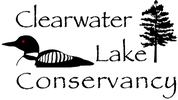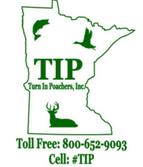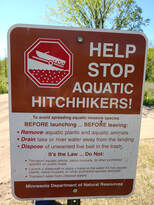|
Image from 2021 University of MN AIS Detectors Guide
|
What is Curly-Leaf Pondweed
Curly-leaf pondweed is a non-native, invasive submersed aquatic plant that was first observed in Minnesota in about 1910. It is native to Eurasia, Africa and Australia. Curly-leaf pondweed was first discovered in North America in the mid 1880s.
In spring, curly-leaf pondweed can interfere with recreational and other uses of lakes and rivers by producing dense mats at the water’s surface. Matted curly-leaf pondweed can displace native aquatic plants. In mid-summer, curly-leaf plants usually die, and dying plants accumulate on shorelines. Curly-leaf pondweed spreads by plant fragments or rooted sections that grow right along the soil surface called "rhizomes." New plants may also form under the ice in winter. How to Identify it
This submersed aquatic plant has oblong blue-green Lasagna-like leaves that attach to its spaghetti-like stems in an alternate pattern. The margins of the leaves are wavy and fine-toothed. Leaves can be up to 3 inches long and a half inch wide. Curlyleaf pondweed produces small flowers that are arranged on dense terminal spikes that rise a few inches above the surface of the water. In the spring, the plant produces dormant vegetative propagules known as turions. Turions look like small greenish-brown pinecones.
|
What Can I do
Follow Minnesota Aquatic Invasive Species Laws:
- Clean all aquatic plants, animals and mud from watercraft, trailers, docks, lifts, anchors and other recreational equipment before leaving access.
- Drain water-related equipment (boat, ballast tanks, portable bait containers, motor) and drain bilge, livewell and baitwell by removing drain plugs before leaving water access. Keep drain plugs out while transporting watercraft.
- Dispose of unwanted bait, worms and fish parts in the trash.
- Spray watercraft and equipment with high-pressure water, or
- Rinse with very hot water, or
- Dry for at least 5 days.
Consider a donation to the Invasive species fund to treat our lake.



